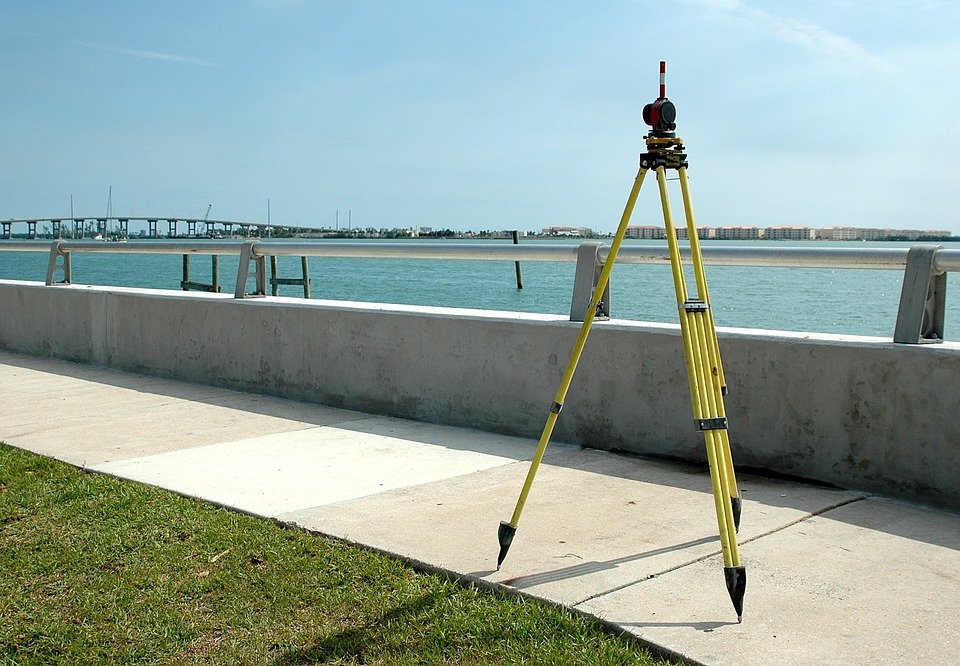[ad_1]
The Importance of Creating Comprehensive Floodplain Survey Plans
Floodplains are a critical part of the environment. They are a natural buffer zone between land and water, providing a safe haven for wildlife and a source of necessary nutrients for plants. They also help to protect communities from the effects of flooding by controlling water levels and mitigating the risk of flooding-related damage. It is therefore essential that floodplains are managed effectively to ensure their long-term sustainability and resilience. This is done through comprehensive floodplain survey plans.
What is a Floodplain Survey Plan?
A floodplain survey plan is a detailed map of an area’s floodplain, including its physical characteristics, such as its size and shape, as well as its potential risks and dangers. The plan is used to identify areas that are at risk of flooding and to develop strategies to reduce these risks.
The survey plan is created by surveying the land and collecting data on factors such as soil type, elevation, vegetation, water sources, hydrology, topography, and land-use. This data is then used to create a detailed map of the floodplain. The map is then used to identify areas that are at risk of flooding and to develop strategies to mitigate those risks.
Benefits of Comprehensive Floodplain Survey Plans
Creating a comprehensive floodplain survey plan offers a range of benefits. It helps to ensure that floodplains are managed effectively and sustainably, reducing the risk of flooding and associated damage.
The plan can also be used to identify areas that are vulnerable to flooding and to develop strategies to protect them. This includes identifying areas that are prone to flooding and implementing measures to reduce the risk, such as raising the elevation of the land or planting vegetation to absorb floodwaters.
In addition to reducing the risk of flooding, comprehensive survey plans can also be used to identify areas of potential environmental or economic importance. This can help to ensure that these areas are protected and that their resources are managed effectively.
Creating a Comprehensive Floodplain Survey Plan
Creating a comprehensive floodplain survey plan requires a range of skills and expertise. It is important to work with experienced surveyors who are familiar with the area and have the necessary skills to accurately map the land.
The surveyors should use the latest technology and techniques to collect data, such as drones and GPS systems. They should also be familiar with the local environment and be able to identify areas of potential risk.
The surveyors should then use the data to create a detailed map of the floodplain. This can be used to identify areas that are at risk of flooding and to develop strategies to reduce those risks.
Conclusion
Creating a comprehensive floodplain survey plan is an essential step in managing floodplains effectively and sustainably. The plan can be used to identify areas of potential risk and to develop strategies to mitigate those risks. It can also be used to identify areas of potential environmental or economic importance and ensure that these areas are protected and their resources managed effectively.
[ad_2]


